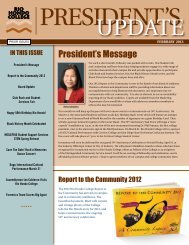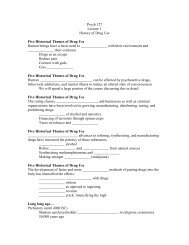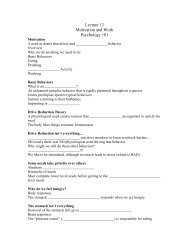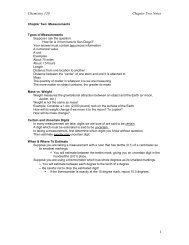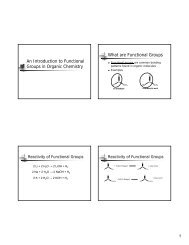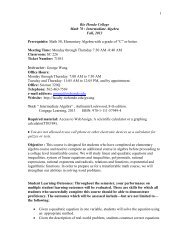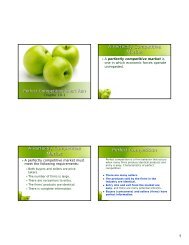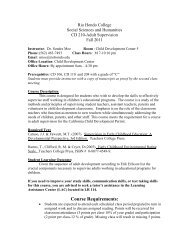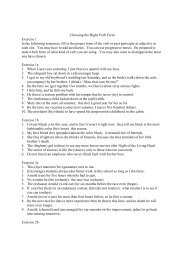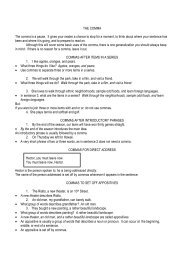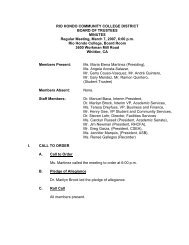Green Building and LEED Core Concepts Guide First Edition
Green Building and LEED Core Concepts Guide First Edition
Green Building and LEED Core Concepts Guide First Edition
You also want an ePaper? Increase the reach of your titles
YUMPU automatically turns print PDFs into web optimized ePapers that Google loves.
dow in their office allows workers to adapt to <strong>and</strong> tolerate temperatures outside the comfort zone in<br />
a sealed building environment.<br />
Strategies for improving thermal comfort, lighting, <strong>and</strong> acoustics in indoor<br />
environments include these suggestions:<br />
• Use daylighting. Design the building to provide ample access to natural daylight <strong>and</strong> views for<br />
the occupants. Service areas, equipment rooms, closets, <strong>and</strong> locker rooms should be located<br />
in the building core, with regularly occupied spaces placed around the perimeter of the<br />
building.<br />
• Install operable windows. If possible, provide windows that can be opened to the outside.<br />
• Give occupants temperature control. In mechanically ventilated buildings, provide<br />
thermostats that allow occupants to control the temperature in their immediate environment.<br />
• Give occupants venti lation control. In mechan ically ventilated buildings, provide adjustable<br />
air diffusers that allow occupants to adjust the airflow in their immediate environment.<br />
• Give occupants lighting control. Provide occupants with adjustable lighting controls so that<br />
they can match the lighting levels to their tasks.<br />
• Conduct occupant surveys. Use valid survey protocols to assess occupants' satisfaction with<br />
the indoor environment. Make operational changes based on the feedback.<br />
THINK ABOUT IT<br />
Thermal comfort. Experiments to determine thermal comfort norms for<br />
humans have been performed in carefully controlled laboratory environments<br />
where people were subjected to various environmental conditions. The st<strong>and</strong>ards<br />
developed through this research advised designers <strong>and</strong> operators to keep<br />
building environments within strictly defined ranges . However, recent research<br />
in real-world situations has shown that people are tolerant of more varied<br />
conditions when they have control over their environment. What are the energy<br />
efficiency implications of design that accommodate personal control over one's<br />
environment<br />
Primary Resources: Daylig hting<br />
A study of more than 2,000 California classrooms found that students in classrooms<br />
with the most daylight progressed 20% faster in math <strong>and</strong> 26% faster in reading<br />
than students in the classrooms with the least amount of natural light.<br />
62<br />
<strong>Green</strong> <strong>Building</strong> <strong>and</strong> LEEO <strong>Core</strong> <strong>Concepts</strong> <strong>Guide</strong>



